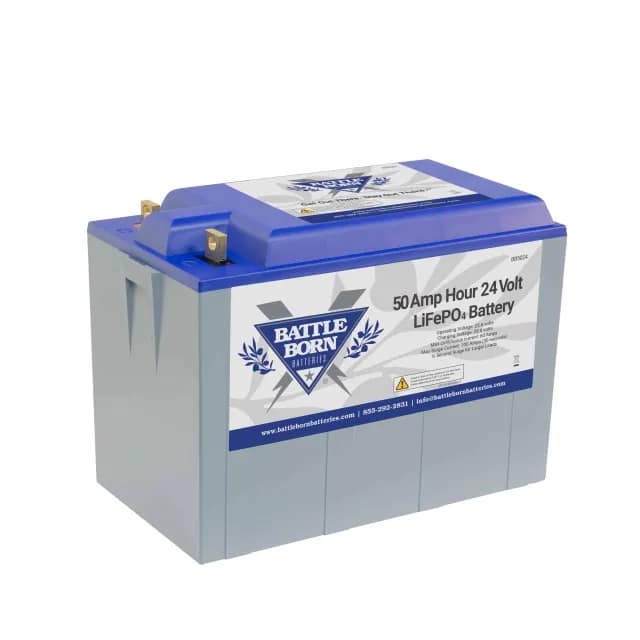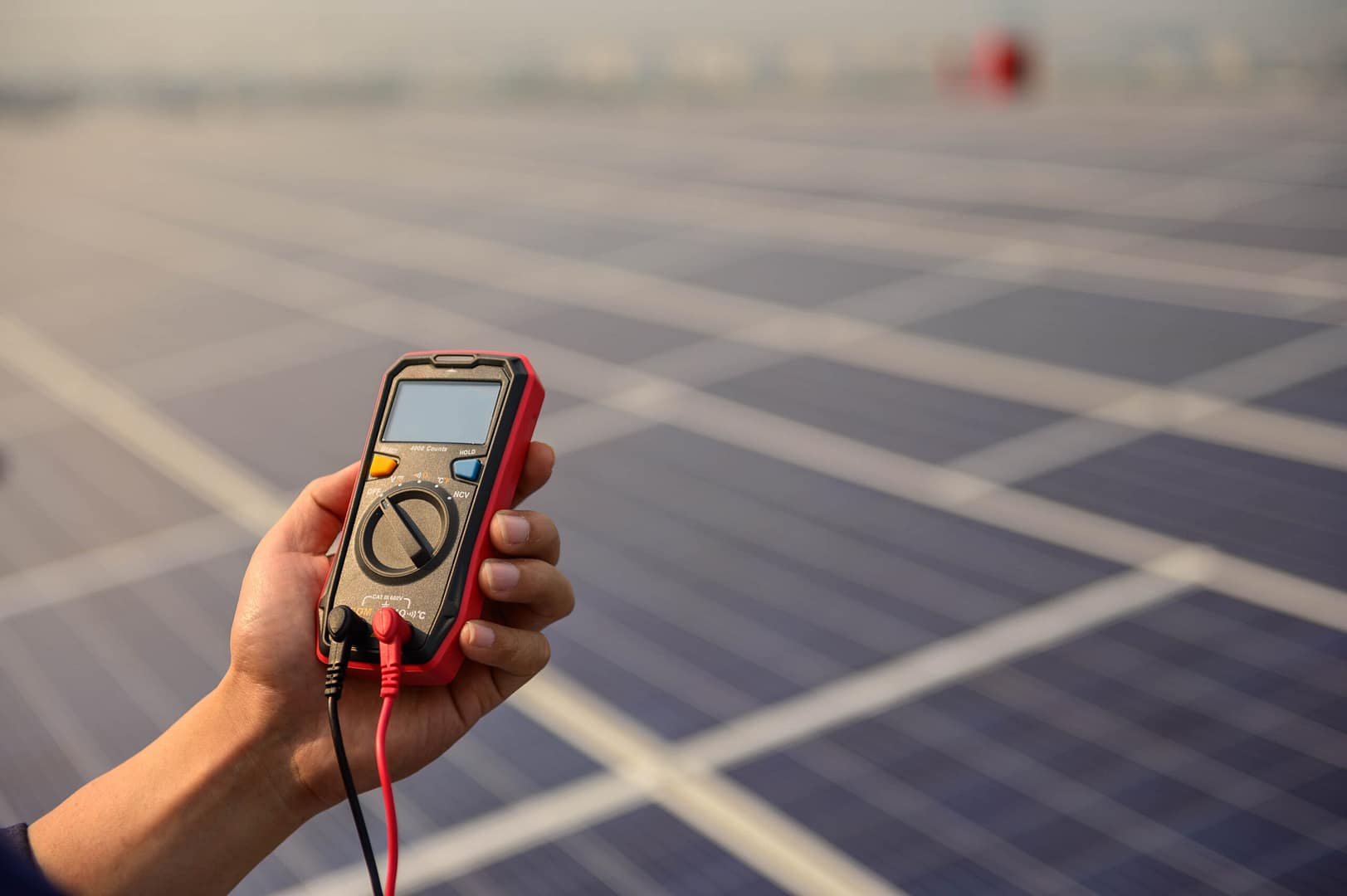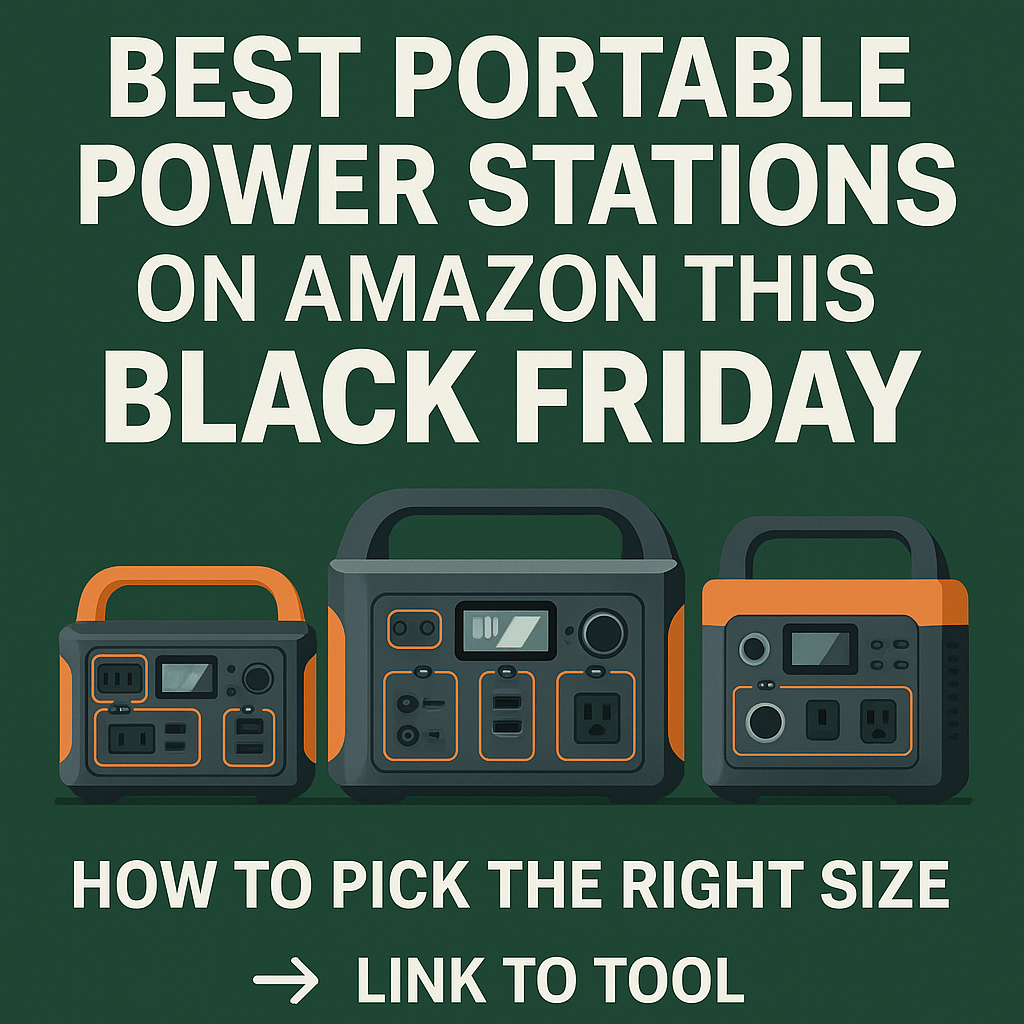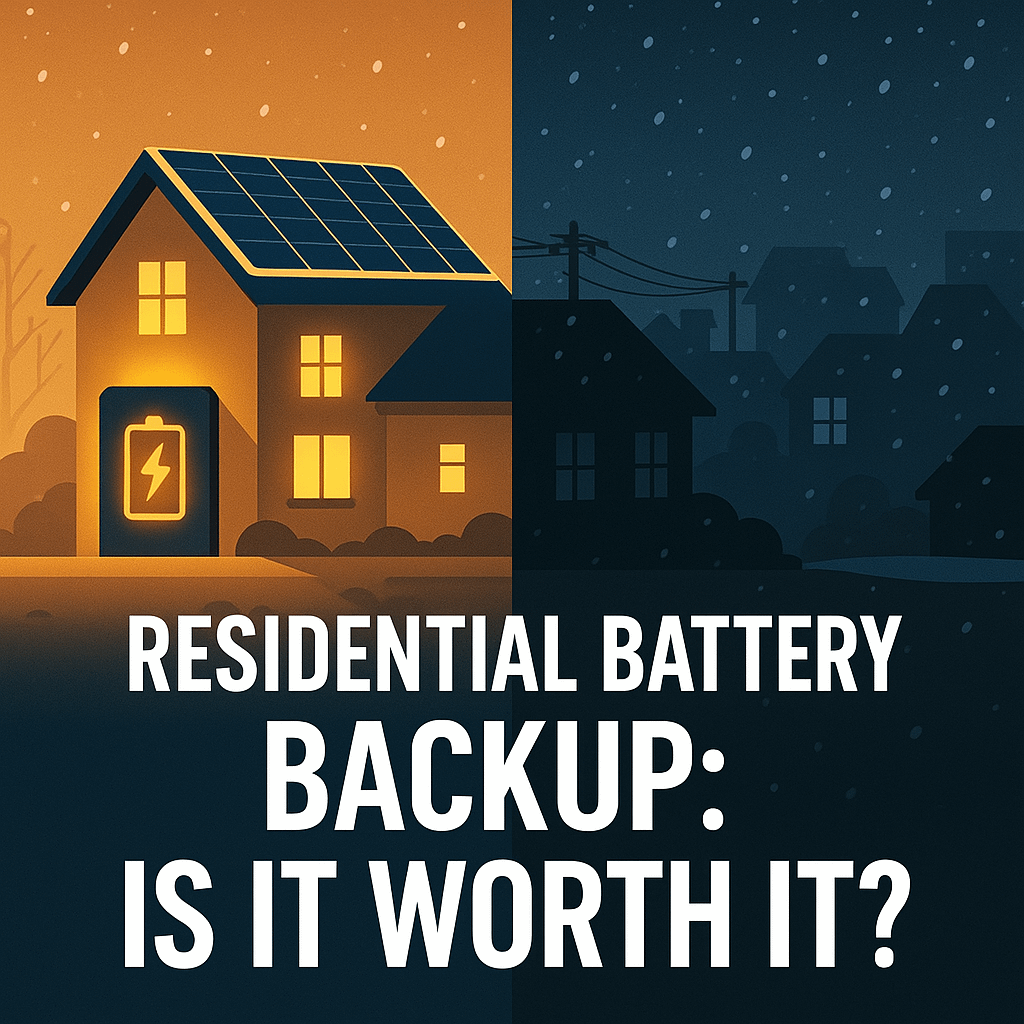Introduction: Plugging Into The Solar Spectrum
Say watt? Let’s talk volts, folks. In the radiant world of solar power, voltage isn’t just a number – it’s the heartbeat of your off-grid energy system. Choosing the right voltage for your solar system can be like choosing the right key for a song. It can make things harmonize beautifully, or it can strike a sour note. Whether you’re planning a simple setup for your cozy woodland cabin or you’re going all out on your solar powered shed, your system’s voltage needs to hit the right note.
But don’t fret, choosing doesn’t have to be a guessing game. At Evergreen Off-Grid, we’ve got the tools and resources to help you make an informed decision. Our DIY Solar marketplace is like a candy store for the solar enthusiast. You’ll find everything you need to create a solar system that sings in tune with your lifestyle.
So, get ready to dive into the electrifying world of solar voltage. By the end of this guide, you’ll be able to choose between 12V, 24V, and 48V systems like a pro. Because hey, who said you needed an engineering degree to talk solar? Let’s amp up your solar smarts, shall we?
The Lowdown on Low Voltage: Advantages and Disadvantages of 12V Solar Systems
If you’ve ever powered a flashlight or a portable radio, you’ve likely encountered a 12V battery. But what about powering your whole house with a 12V system? Well, this little powerhouse might just surprise you.
When we talk about 12V solar systems, we’re typically talking about a setup that’s tailor-made for smaller, simpler applications. Think small cabins, RVs, boats, or even that tiny backyard office you’ve been dreaming about. This is where the 12V system comes into its own.
Solar Bundles

The Bright Side of 12V Systems
Let’s start with the good news: 12V systems are pretty darn efficient for smaller setups. Why? Because most low-power appliances and devices—think lights, phone chargers, small TVs—are designed to run on 12V. This means you won’t need a bunch of converters to step the voltage up or down, which can lead to power loss.
Simplicity is another feather in the 12V system’s cap. These systems are straightforward, making them a great choice for DIY solar enthusiasts starting their off-grid journey. Plus, a 12V setup can be easily expanded by adding more 12V batteries in parallel. It’s like adding more singers to your choir – you get more volume without changing the tune.
The Dim Side of 12V Systems
But as with everything in life, there are trade-offs. While 12V systems are great for small-scale use, they start to hit some limitations when you try to scale up.
The first limitation is in power delivery. Remember Ohm’s Law from our electrical cheat sheet? When the voltage is low, the current has to be high to deliver the same amount of power. High current means thicker, heavier cables to carry it, which can be a downside if you’re planning a larger system. Those beefy cables can be more expensive and more challenging to install.
Additionally, the 12V system can struggle with long distances. Just like your voice might struggle to reach the back of a large concert hall, power can be lost as it travels along lengthy cables, reducing the efficiency of your system.
So, while the 12V system can be a perfect fit for smaller, simpler off-grid setups, if you’re dreaming bigger, you might want to consider stepping up the voltage. But don’t worry – we’ve got you covered. Stay tuned as we explore the 24V and 48V systems in the sections. And remember, no matter what voltage you choose, Evergreen Off-Grid is here to help you turn your solar dreams into reality.
Off-Grid Batteries

Powering Up: Advantages and Disadvantages of 24V Solar Systems
Alright, we’ve got the hang of the 12V scene, but what happens when we crank up the voltage to 24V? Think of it like upgrading from a bicycle to a motorcycle. You can travel farther, faster, and carry more with you. However, it might be a little more complex to ride, and not every road is built for it.
24V systems are the middle children of the solar family. They’re a popular choice for medium-sized applications, like larger cabins, small homes, or extensive RV setups. They’re also commonly found in industrial applications, like communication towers and off-grid telecom systems.
Advantages of 24V Solar Systems: Doubling Down on Power
One of the key advantages of a 24V system is that it’s better suited for medium-sized setups. It allows you to deliver more power without needing super thick cables, which can be a significant advantage when you’re setting up your system.
Thanks to Ohm’s Law (V=IR, remember?), a 24V system will carry the same power as a 12V system but at half the current. This means you can use thinner cables compared to a 12V system delivering the same power. Thinner cables are cheaper, lighter, and easier to handle, making your installation process smoother and more cost-effective.
Disadvantages of 24V Solar Systems: The Step-Down Shuffle
However, the 24V system does have its quirks. For starters, 12V appliances are much more common than 24V ones. This means you might need a step-down converter to run your 12V appliances. While these converters are readily available, they add another component to your system, which could introduce additional points of failure.
In addition, while a 24V system is great for medium-sized setups, it might still fall short for larger homes or installations that require a significant amount of power. And remember, adding more power isn’t as simple as adding more batteries in parallel like in a 12V system. When you’re dealing with higher voltages, you’ll need to add batteries in series, which can be a bit more complex.
Still, if you’re looking to power up a medium-sized setup, a 24V system could be the perfect fit. It strikes a balance between power delivery and system complexity, making it a popular choice for many off-grid adventurers. But if you’ve got a big energy appetite, you might want to consider the heavyweight of the solar world: the 48V system. More on that in the next chapter. And remember, whether you’re a 12V fan, a 24V enthusiast, or a 48V powerhouse, Evergreen Off-Grid has got the gear and the guidance to help you shine.
The Heavy Hitter: Advantages and Disadvantages of 48V Solar Systems
Strap in, folks. We’re heading into the big league with the 48V solar systems. This is the semi-truck of our voltage highway – built for power, distance, and heavy loads.
Typically, 48V systems are best suited for larger applications, like full-sized homes, large off-grid installations, commercial setups, and even small microgrids. If you’ve got a big power appetite, this could be the voltage for you.
Advantages of 48V Solar Systems: Powering the Big League
The primary advantage of a 48V system is its ability to efficiently deliver large amounts of power. With a higher voltage, you can deliver more power with less current, meaning you can use thinner, cheaper, and easier-to-handle cables, even for larger systems.
Moreover, a 48V system is great at reducing power loss over long distances. Picture yourself at a rock concert – the speakers are loud enough to reach even the fans in the nosebleed section. Similarly, the 48V system ensures that your power doesn’t dwindle as it travels along the cables to reach all corners of your property.
Disadvantages of 48V Solar Systems: The Cost of Power
However, all this power comes at a price. Literally. The setup cost for a 48V system tends to be higher than for 12V or 24V systems. You’ll need more solar panels, more batteries, and potentially more complex equipment, which all adds up.
Moreover, the installation of a 48V system can be a bit more complex. You’re dealing with higher voltages, which means you need to take extra precautions to ensure everything is installed safely and correctly. This might require a more experienced hand, or even professional installation.
Lastly, just like with a 24V system, you may need to use converters to power your lower voltage appliances, which adds another component (and potential point of failure) to your system.
But don’t let these challenges dim your solar dreams. A 48V system can be a fantastic solution for large-scale, high-power applications. And with the right guidance and resources (like those you’ll find at Evergreen Off-Grid), you can conquer the challenges and shine brightly with a 48V system. Up next, we’ll wrap things up and help you decide which voltage is the best fit for your solar dreams. Stay tuned!
The Art of Choosing: How to Select the Right Solar System Voltage for Your Off-Grid Living
We’ve journeyed through the voltage spectrum, from the humble 12V to the mighty 48V. But now comes the million-volt question: which one is right for you? Just like picking the perfect pair of shoes, the key is finding the balance between comfort, style, and practicality. And just as you wouldn’t wear flip-flops to climb a mountain, you wouldn’t choose a 12V system to power a large house.
Key Considerations: Your Solar System, Your Rules
When choosing your solar system voltage, you need to consider a few key factors. First, think about your energy needs. How much power do you need, and how will it be distributed? A small RV or cabin might be perfectly served by a 12V system, while a full-sized home will likely need the power punch of a 48V system.
Second, consider your budget. Higher voltage systems tend to have higher upfront costs. While they may be more cost-effective in the long run, you’ll need to make sure you can handle the initial investment.
Third, think about your future needs. While a 24V system might be enough for you now, what about in 5 years? 10 years? If you’re planning to expand your system in the future, it might be worth investing in a higher voltage system now.
Solar Energy Storage: The Battery’s Role in Voltage Selection
Let’s now turn our attention to the unsung hero of your solar system: the battery. Your solar batteries are the vaults where the sun’s energy is stowed away for future use. Much like your solar panels, batteries operate at a distinct voltage.
Compatibility
While the voltage of your solar system and battery bank must be compatible, they don’t necessarily have to match. For instance, it’s perfectly feasible to use a 48V solar system and regulate it down to power a 12V battery bank with the help of a charge controller. This setup is common in scenarios where the solar array and the battery bank are significantly distanced, or where the goal is to optimize system efficiency and minimize power loss.
A higher voltage solar system, stepped down to match your battery bank, can increase efficiency and has the added benefit of reducing wire size and power loss, particularly over longer distances. Yet, it’s crucial to remember that a suitable charge controller is needed to safely regulate this voltage step-down and guard your battery bank against overcharging.
In every situation, ensuring your system components are compatible and appropriately configured is vital for the safety and longevity of your system.
Economics
Nonetheless, bear in mind that higher voltage batteries can carry a steeper price tag, and they’re often heftier and more cumbersome than their lower voltage equivalents. This is yet another factor to mull over when choosing the voltage of your solar system.
In the final analysis, the choice comes down to pinpointing the voltage that accommodates your needs, aligns with your budget, and resonates with your off-grid aspirations. Remember, irrespective of the voltage you select, Evergreen Off-Grid stands ready to equip you with the tools, the wisdom, and the support you require to turn your solar ambitions into reality.
And with that, we’ve reached the end of our electrifying exploration. We’ve journeyed through the voltage spectrum and hopefully illuminated the nuanced art of choosing the appropriate solar system voltage. Remember, the power is truly in your hands. Choose wisely, and let’s continue to shine brightly!
Power Your World with Evergreen Off-Grid
As we conclude our enlightening journey across the voltage spectrum, we hope you’ve gathered valuable insights to harness the sun’s power effectively. Remember, each voltage level has its unique set of advantages and potential drawbacks. The key is to align these with your specific needs and aspirations for off-grid living.
At Evergreen Off-Grid, we’re committed to empowering you with comprehensive knowledge and versatile solutions for your solar energy needs. Our DIY Solar Marketplace is brimming with a plethora of options tailored for different requirements, from small-scale 12V systems to power-packed 48V setups.
But it’s not just about providing hardware. We’re here to accompany you on your solar journey, offering expert guidance and friendly support at every turn. Whether you’re just starting out or looking to scale up, we’re eager to help illuminate your path towards sustainable, self-sufficient living.
In the end, embarking on an off-grid lifestyle isn’t just about disconnecting from the power grid. It’s about connecting with our shared responsibility towards the planet. It’s about making energy choices that not only light up our homes but also light up our future.
So, are you ready to power your world with Evergreen Off-Grid? Explore our DIY Solar Marketplace today, and take the first step towards your solar-powered dream. Remember, the journey of a thousand miles begins with a single solar cell.
Here’s to bright, sustainable futures. Power on with Evergreen Off-Grid!
This article is part of Evergreen Off-Grid’s AI Assist blog category. To filter out this category, find our uniquely human insights here.
Evergreen Off-Grid generated this article in part with GPT-3, OpenAI’s large-scale language-generation model. Upon generating draft language, Evergreen Off-Grid reviewed, edited, and revised the language to our liking and we take ultimate responsibility for the content of this publication.This disclaimer will appear on all of our content assisted with AI.






